Westmount places
Blenheim Place
The history behind the familiar: Blenheim Place, one of the most beautiful cul-de-sacs in Westmount
By Michael Walsh
Previously published July 28, 2018
Walkers are ‘practitioners of the city’, for the city is made to be walked. A city is a language, a repository of possibilities, and walking is the act of speaking that language, of selecting from those possibilities. ways to go.
Rebecca Solnit, Wanderlust: A History of Walking
Are you a “walker”? Westmount is a perfect place to walk, away from traffic, through the many quiet streets that haven’t changed in their appearance in over a century. Although mute, the street’s houses seem to exude a past that needs to be shared.
Would you agree with me if I told you that one of the most beautiful cul-de-sacs in Westmount is Blenheim Place? It would be difficult to disagree with that question.
Westmount’s Heritage Study (Zone B) describes the street as a “terrace at the scale of a whole street”. What makes the street’s appearance unique is that each owner has painted the wood façades a particular colour.
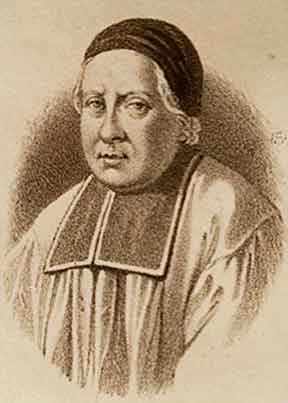
François Vachon de Belmont (circa 1700) – Public domain
Walking along the street, I am reminded of the Brothers Grimm 1812 tale of Hansel and Gretel and their discovery of a cottage built of gingerbread.
Like many other Westmount streets, Blenheim Place had a former name: Belmont Place. According to Les Rues de Montréal : répertoire historique (1995) the street’s name honoured François Vachon de Belmont (1645-1732), Fifth superior of the Sulpicians at Montreal. The Bibliothèque Sulpicienne describes his accomplishments as follows:
“He went to Canada in 1680 and was appointed a missionary among the Indians of La Montagne; he filled this position until 1700, when he succeeded Dollier de Casson as superior of the order. He erected at his own expense Fort de La Montagne on the site of the present Grand Séminaire, built the old seminary, which still exists in the street of Notre Dame, and began the construction of the Lachine canal.”
“Among his writings are: Histoire du Canada, printed in the Collection de mémoires et de relations sur l’histoire ancienne du Canada, published by the Historical Society of Quebec; Histoire de l’eau-de-vie en Canada, printed in the above mentioned “Collection”; Oraison funèbre de la Mère Bourgeoys, quoted by Faillon in Vie de la Soeur Bourgeoys, II, 88-98; Éloges de quelques personnes mortes en odeur de sainteté à Montréal, and a number of memoirs still in manuscript.”
“Mention should also be made of the funeral oration of Bishop Montmorency-Laval, first Bishop of Quebec, delivered at Montreal, June 1708.”
Bertrand, Bibliothèque Sulpicienne ou hist. litt. de la c. de Saint-Sulpice (Paris 1900)
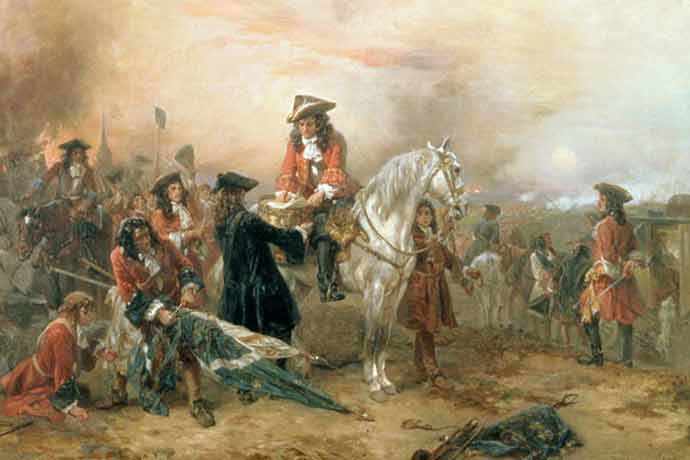
“Duke of Marlborough signing the Despatch at Blenheim”, Robert Alexander Hillingford (1825-1904) – Public domain
City Council renamed Belmont Place to Blenheim Place on May 20, 1912 to honour The Battle of Blenheim (1704), lead by John Churchill, Duke of Marlborough, Captain-General of the English and Dutch forces in Europe. It was described by the National Army Museum (Royal Hospital Road, London) as follows:
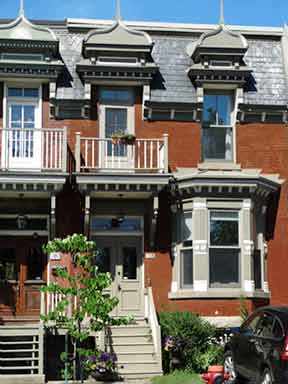
105 Blenheim Place
“The Battle of Blenheim was fought on 13 August 1704 during the War of the Spanish Succession (1702-13). A decisive defeat for a Franco-Bavarian force by the allied English, Dutch and Austrian armies, it destroyed the myth of French invincibility and earned the British Army an enduring reputation for battlefield courage and discipline.”
One would be forced to agree that the street’s names are quite a juxtaposition; one honouring a superior of the Sulpicians at Montreal and the other the Battle of Blenheim. It’s these, small and overlooked facts that make the City of Westmount such a rewarding place to research.
Let’s take a sunny mid-July walk through Blenheim Place and become acquainted with some of the street’s original residents.
105 Blenheim Place
David A. Murphy, draughtsman, Dominion Bridge Works – 1899
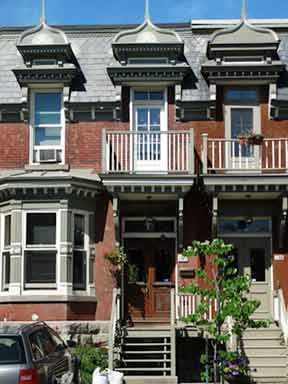
107 Blenheim Place
“Founded in the middle of the 19th century, the Dominion Bridge Company built all of Canadian Pacific’s rail bridges between Montreal and Vancouver. Over the years, this major company honed its steel expertise by working on many major structures, such as the Quebec Bridge, the Champlain Bridge, the structure of the Château Frontenac, the Mount Royal Cross and, of course, the Jacques Cartier Bridge…”
The Jacques Cartier and Champlain Bridges Incorporated
107 Blenheim Place
Fred H. Barwick, G. W. Reed & Company – 1899
The company manufactured boot lasts and boot trees. Their factory was located in Saint-Henri.
108 Blenheim Place
P. W. A. Burket, clerk – 1899
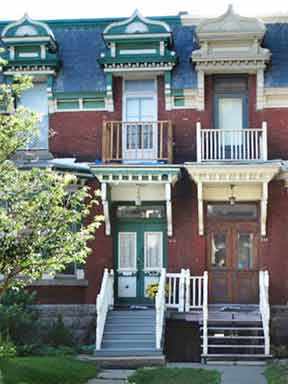
110 Blenheim Place
110 Blenheim Place
F. Gordon Payne, J. B. Picken & Company – 1899
“J. B. Picken & Co., Members Montreal Mining Exchange, Stock and Exchange Brokers, 124 St. James Street”
Montreal Gazette, March 24, 1911
113 Blenheim Place (Former civic number)
John Watterson, commercial merchant – 1899
Henry J. Ross, first vice-president of the Institute of Accountants and Auditors, Province of Quebec
“He is a member of the Board of Trade, a life member of the Montreal Amateur Athletic Association and is a captain on the retired list of the 6th Battalion Fusiliers, now the Grenadier Guards. Mr. Ross’ offices are located at No. 180 St. James Street.”
Montreal Old and New
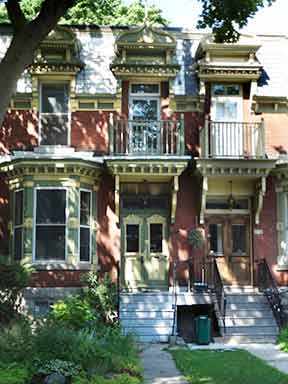
115 Blenheim Place
115 Blenheim Place
Donald W. Ross junior, employee, Dominion Bridge Company – 1899
116 Blenheim Place
James E. Steen, advertising agent, Toronto Type Foundry – 1899
“The Montreal Type Foundry (MTF) opened in the 1830s and, until it closed 40 years later, was among the earliest producers of type in Canada and a supplier of both imported and domestic presses. In 1887, the Toronto Type Foundry (TTF) was established, an indication that the centre of the printing industry had moved from Montréal to Toronto, and by 1898 had branches across the country from Halifax to Vancouver.”
The Canadian Encyclopedia
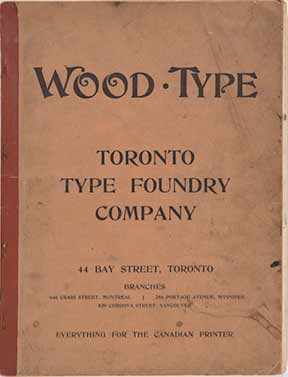
Wood type: Toronto Type Foundry Company, 1897 – Public domain
117 Blenheim Place
Herbert W. Crofts, James Carruthers & Company – 1899
“James Carruthers was born into a family of Scottish immigrants from the Dumfries region who came to Toronto towards the end of the 1840s. His father worked for a long time for the mail service of the Grand Trunk Railway Company, earning enough to buy a house… (Carruthers) founded the company that would become the largest grain exporting firm in Canada, James Carruthers and Company…”
“By the mid 1890s Carruthers was a prosperous merchant, living in an elegant neo-Romanesque residence on Toronto’s prestigious Jarvis Street. His firm had offices in Montreal, Toronto, and Winnipeg, and would soon open one in New York. In 1898 he also became a shareholder in a large grain elevator company in Manitoba.”
“In addition Carruthers was very active in the chambers of commerce and grain exchanges in Canada and the northern United States, and he made numerous business trips to Great Britain. This extensive network was very useful to him from 1900 to 1920, when exports of Canadian wheat became the engine of Canada’s economic growth. He carved out the lion’s share of this trade for himself, and by the early 1910s he became known as ‘Canada’s Wheat King’.”
Dictionary of Canadian Biography
Images: Michael Walsh Read other articles by Michael Walsh
Read other articles by Michael Walsh

Michael Walsh is a long-time Westmount resident. He is happily retired from nearly four decades in the field of higher education technology. A “professional student” by nature, his academic training, and publishing, include statistical methodology, mycology and animal psychology. During this period, he was also an officer in the Canadian Armed Forces. Prior to moving to Montreal, he was contracted by the Ontario Ministry of Education evaluating bilingual primary and secondary school programs. Today, he enjoys spending time with his (huge) Saint Bernard while discovering the city’s past and sharing stories of the majestic trees that grace the parks and streets. He can be contacted at michaelld2003 @hotmail.com or through his blog Westmount Overlooked

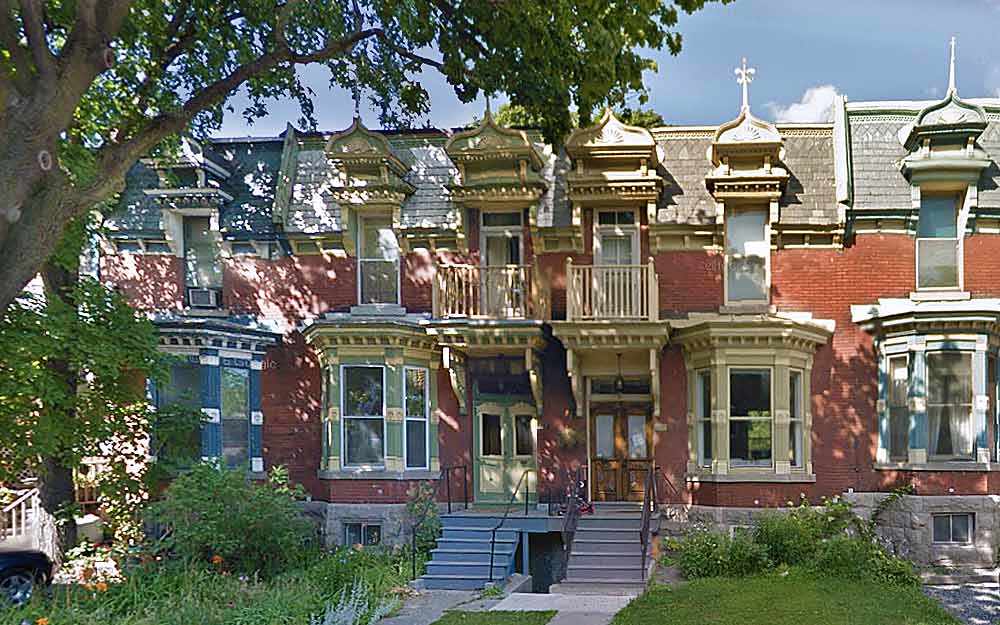
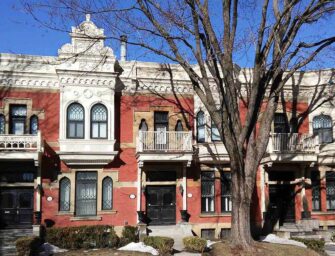


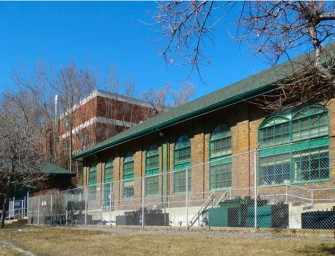


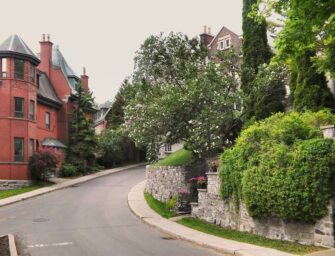

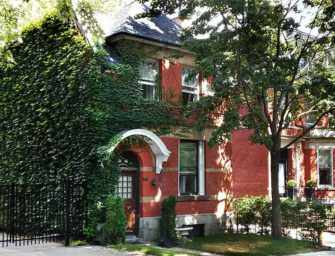
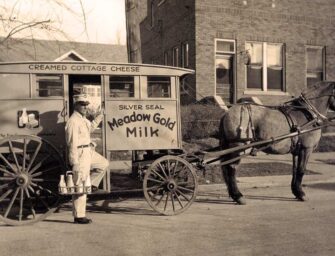








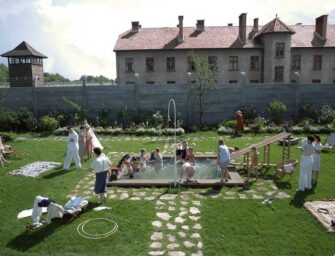




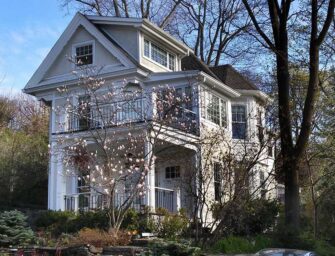

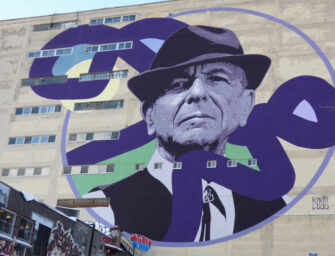






It is interesting to note that there is a Belmont Avenue as well as an Upper Belmont Avenue in Upper Westmount so François Vachon de Belmont is thankfully still honoured by the city.
Good point! Plus, Leonard Cohen’s family home is located 599 Belmont Avenue in Westmount.
Enjoyed the article. I lived there, 119 Blenheim Place, during the 1950s. My father Andy Wilson who was a dental ceramist had a dental lab there in the basement for a few years before moving to Sherbrooke St.
We walk daily, and having discovered Blenheim Place have realized that it is one of our most enjoyed walking streets in Westmount. It is quiet, beautifully maintained, and for us a highlight of our walks.
What a shame that Westmount chose to eliminate the name of Belmont, a person that contributed greatly to the building of Montreal, Québec and the beginnings of this country and replace it with one who had absolutely nothing to do with Canada! But he beat the French and that’s what counted….